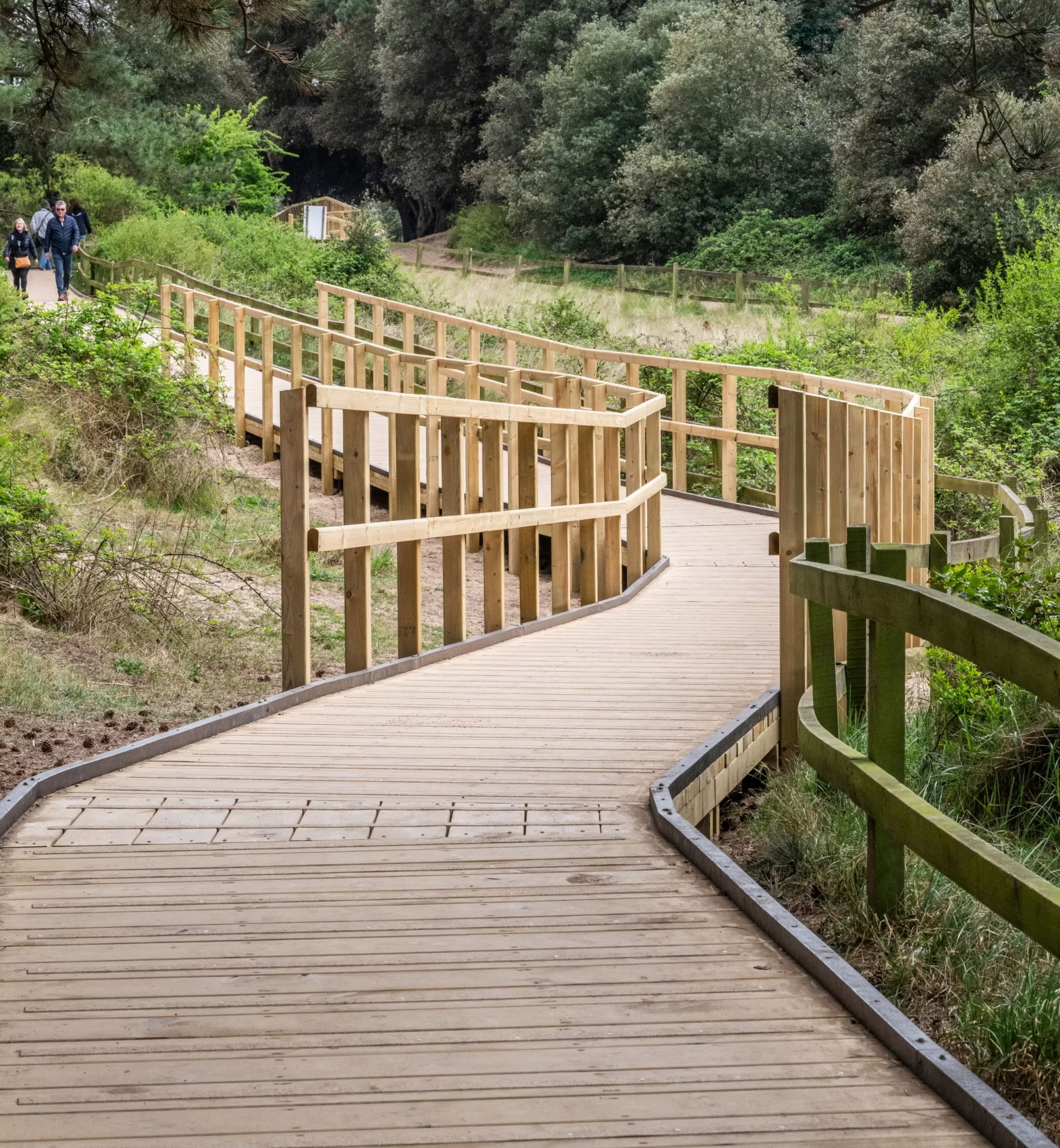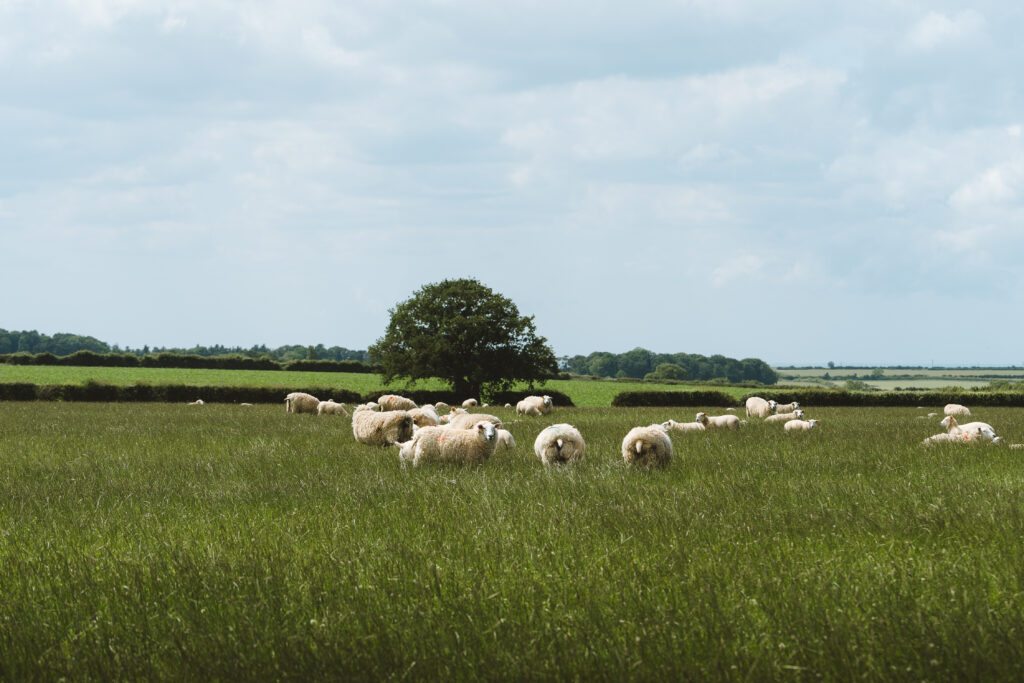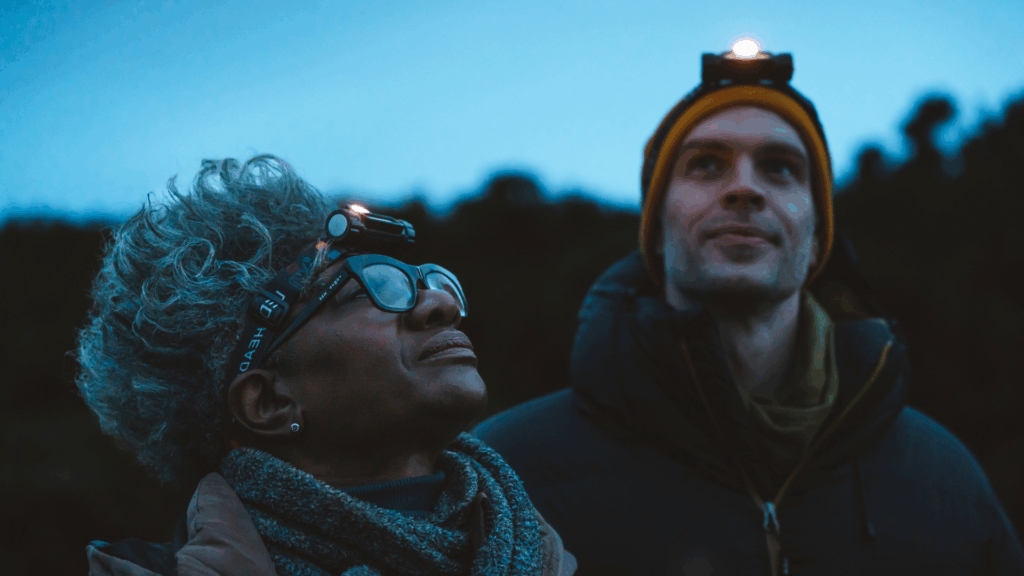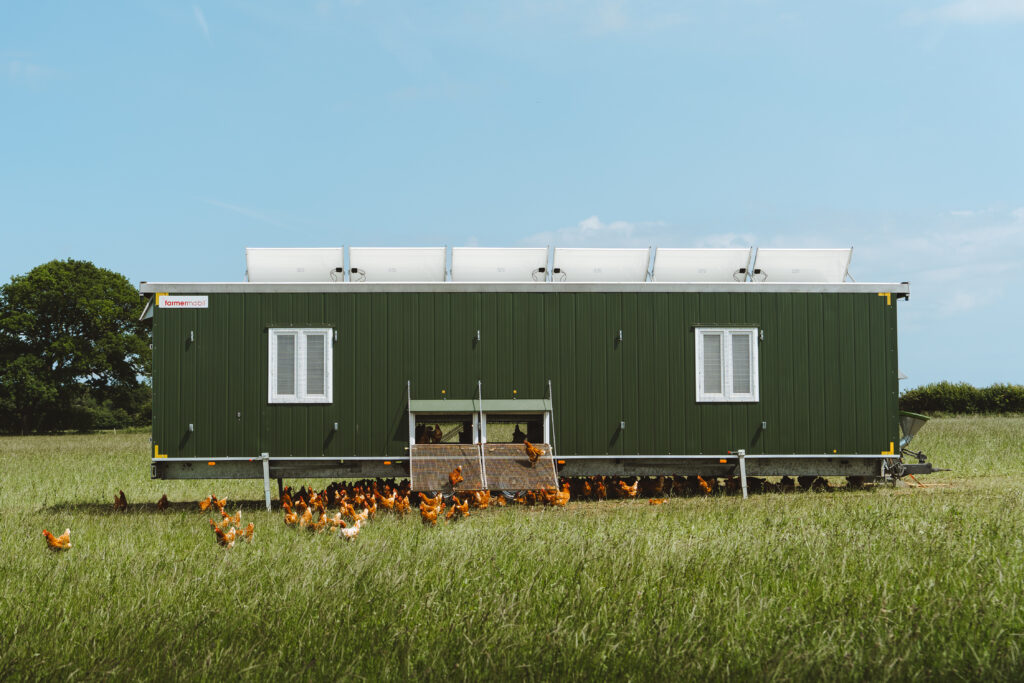Here, we talk to our National Trail Team Leader to find out how access to our coast is improving.
Helen Terry, our National Trail Team Leader, is responsible for maintaining and improving The Peddars Way and the Norfolk Coast Path. Passionate about making the coast more accessible, Helen and her team have been breaking with tradition to deliver a series of innovative projects specifically focused on making the Norfolk Coast more welcoming to a wider range of visitors. We sat down with Helen to find out more about our coast becoming more enjoyable for all.
Can you tell us about some of the projects you’ve completed this year and what makes them so different to traditional coastal infrastructure?
Our new boardwalks at Brancaster and Holkham have been particular highlights. They’ve been constructed either in part, or in full, using an innovative material called glass reinforced plastic. It’s long-lasting, weather-resistant, sustainable, and protects sensitive wildlife as less maintenance is required compared to traditional wooden boardwalks. For both projects, we’ve focused on accessibility and have increased path width to help people pass each other more easily, particularly if they are using wheelchairs, pushchairs or mobility aids. Every part of the design has been carefully thought out in collaboration with access experts, from colour-contrasting edging strips to help people with visual impairments, to the layout and positioning of viewpoints and resting places. We’ll continue to work in partnership with organisations like the National Trust, Holkham Estate and Natural England to make further improvements at these locations, but by making these simples changes, so many more people have access to nature and the coast than ever before.
We’ve also installed some exciting information panels as part of the opening of the new stretch of England Coast Path in west Norfolk. We worked with a brilliant designer to create something really unique – think ‘panels with purpose’ rather than ‘boring boards!’. They feature the shapes and colours of the landscape they sit within and are made from sustainable, durable materials – the white panels are made from recycled yoghurt pots! They include braille, tactile features, and are designed to be inclusive and enjoyable for everyone – which is so important in getting people to engage with protecting nature along our coast.
Why is improved accessibility to our coast so important, and what does it mean to you personally?
Our coastline has so much to offer – it’s a full multi-sensory experience and something that everyone can benefit from. So, we should remove barriers to accessing it wherever possible. I have people living with a disability in my own family – some visible disabilities, some invisible, some temporary, some permanent. It’s made me see how disheartening it is when you can’t access places in the same way as others, you feel different to other people, or even worse – simply not welcome. It’s something that is rightly so important and is a real focus for my team.
What have you learnt from this work that you’d like to apply to future projects?
To question everything and consider all the options available, so that we can make informed choices that will have the biggest benefits for the highest number of people. Our equality, diversity and inclusion team, community groups and members of the public have been incredibly valuable in helping us look through a different lens when designing our projects. I’ve also learnt that we’re always going to be learning and listening when putting this into practice on the ground.
What is your vision for making the Norfolk Coast more accessible and welcoming to all in the future?
Our hope is that we can continue to make nature more accessible for more people by looking for the opportunities along the trails where we can make meaningful improvements. We want the coast to be more inclusive to as many people as possible, regardless of their ability, age, gender, ethnicity, income or religion. This doesn’t necessarily just mean big construction projects to improve surfaces – it’s about improving access from the moment people search for information about the coast, travel information, the facilities they can access and the experience they have when they arrive. Information and communication both play a big part of the picture. But it’s also the little things. We know that even a small change such as a handrail or some well-placed seating can open a space up for so many more people.



